The ANAIS Experiment
The direct detection of the Dark Matter of the Universe is a very exciting challenge full of unknowns and uncertainties about its nature. ANAIS is an experiment developed by the Nuclear Physics and Astroparticles group of the University of Zaragoza which pursues this elusive dark matter detection by looking at the annual modulation of the expected interaction rates in a target of sodium iodide, material which produces small scintillations when a particle interacts and deposits some energy. This modulation is a distinctive feature stemming from the Earth revolution around the Sun which changes periodically the relative velocity of the incoming Dark Matter particles to the detector and, because of that, the energy deposited. DAMA-LIBRA experiment at Gran Sasso Underground Laboratory has reported the presence of modulation in its data with a high statistical significance; ANAIS could either confirm or refute such a signal, while helping to understand the different systematics involved.
ANAIS is the large scale conclusion of previous studies carried out with different prototypes by the University of Zaragoza group at the Canfranc Underground Laboratory, Spain. The complete experiment is using 112.5 kg of NaI(Tl) crystals to study the expected annual modulation in the galactic dark matter signal.
DAMA/LIBRA result is difficult to compare with the no observation of any hint in other very sensitive experiments. However, because those experiments use other targets than NaI, and comparison among them is strongly model dependent, DAMA/LIBRA result cannot be refuted in a model-independent way. ANAIS goal is to confirme/refute DAMA/LIBRA result using the same target and technique.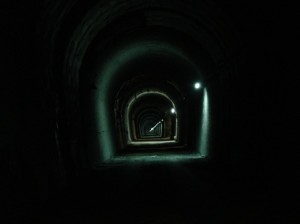
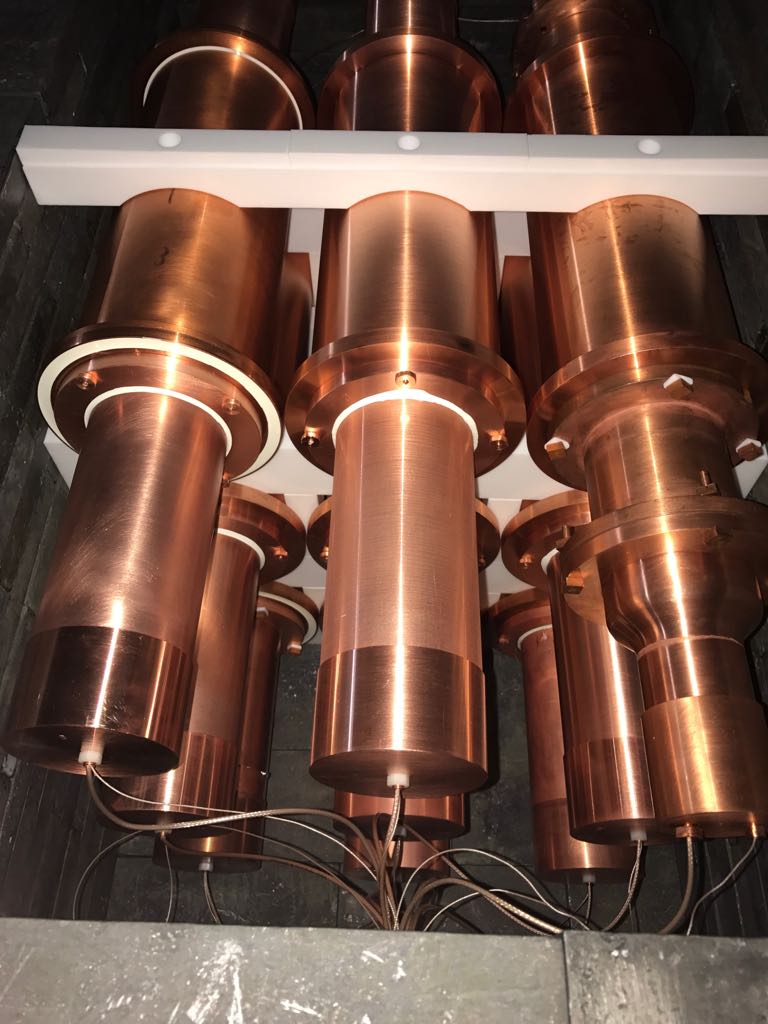
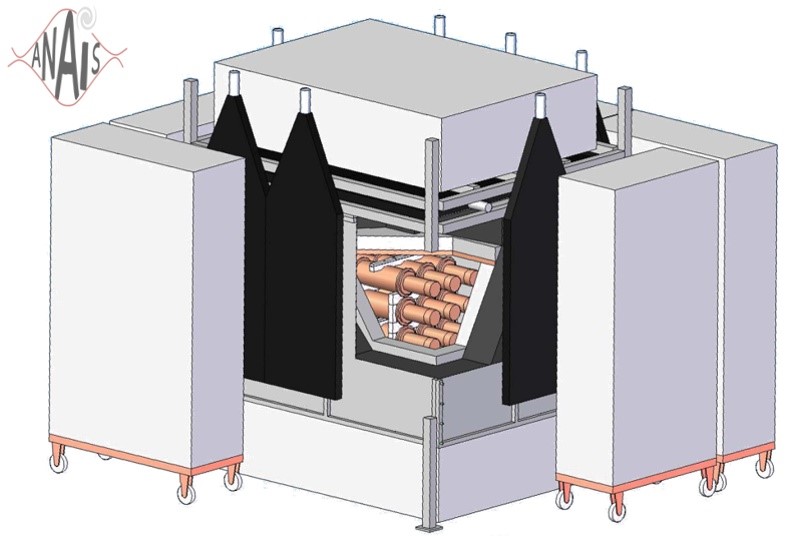
ANAIS-112 is taking data at the Canfranc Underground Laboratory since August, 3rd, 2017. In March 2019 first results were released confirming previous sensitivity estimates: DAMA/LIBRA result is at reach with 3 sigmas of significance in 5 years of data. Later, in 2021, results corresponding to three years were released, showing incompatibility with DAMA/LIBRA result with a sensitivity of 2.7 sigma:
J. Amaré et al., “Annual modulation results from three-year exposure of ANAIS-112,” Phys. Rev. D 103, 102005 (2021).
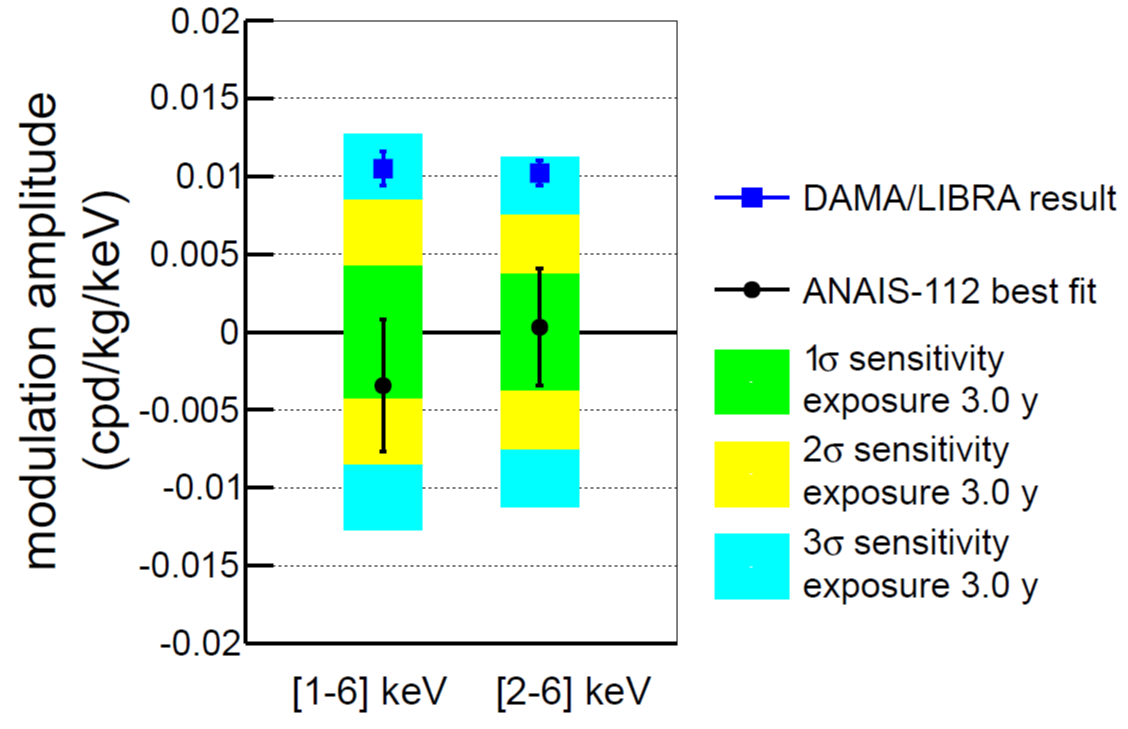
Data taking has been progressing smoothly. The experiment will continue the data taking until the end of 2025 in order to accumulate enough statistics for a 5 sigma sensitivity to DAMA/LIBRA result.
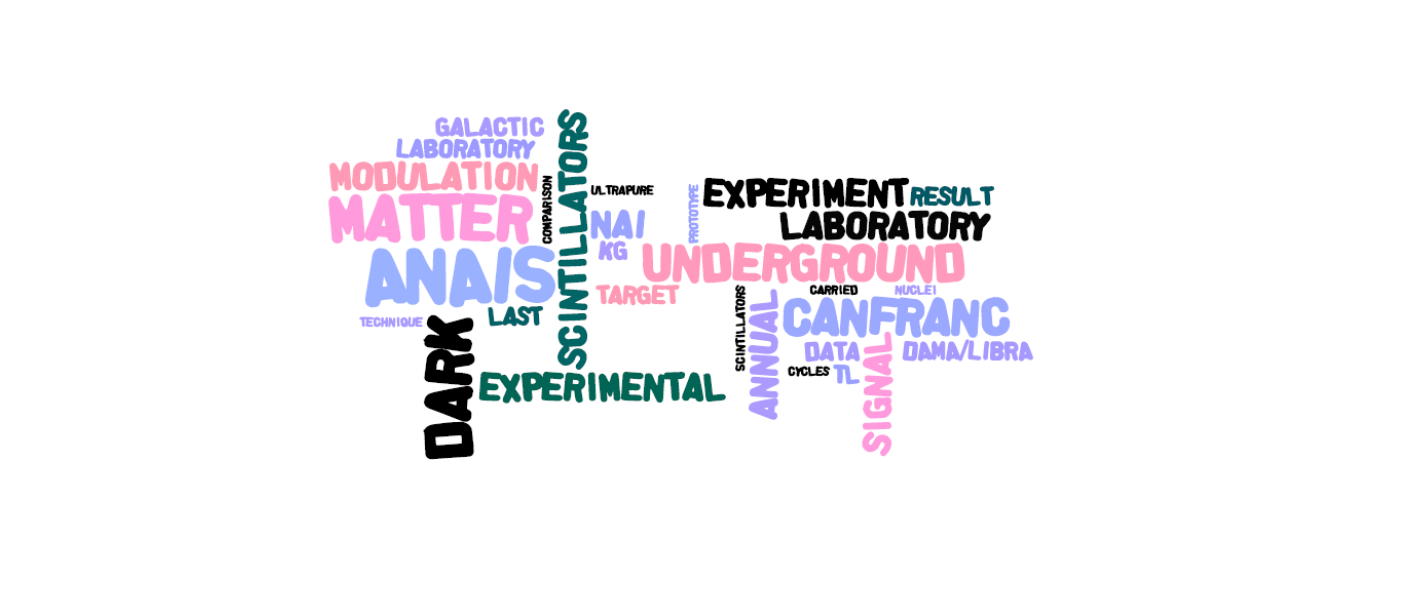 ANAIS is a part of the MULTIDARK project, a nationalwide effort having the goal of approaching the spanish research groups working on the search for the dark matter combining experimental and theoretical approaches.
ANAIS is a part of the MULTIDARK project, a nationalwide effort having the goal of approaching the spanish research groups working on the search for the dark matter combining experimental and theoretical approaches.
ANAIS experiment operation is presently financially supported by MICIU/AEI/10.13039/501100011033 (Grants No. PID2022-138357NB-C21 and PID2019-104374GB-I00), and Unión Europea NextGenerationEU/PRTR (AstroHEP) and the Gobierno de Aragón.


![]()
Funding from Grant FPA2017-83133-P, Consolider-Ingenio 2010 Programme under grants MULTIDARK CSD2009-00064 and CPAN CSD2007-00042, the Gobierno de Aragón and the LSC Consortium made possible the setting-up of the detectors.
The technical support from LSC and GIFNA staff as well as from Servicios de Apoyo a la Investigación de la Universidad de Zaragoza (SAIs) is warmly acknowledged.


